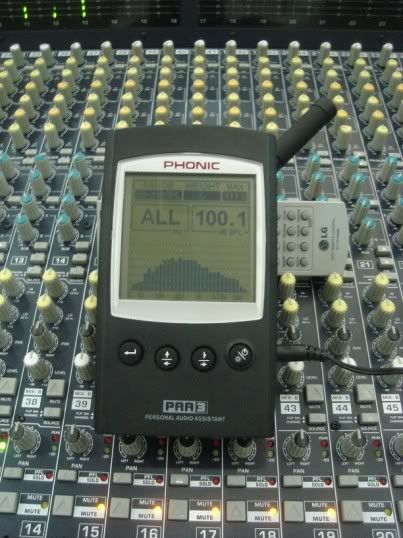ผมอยากได้ไอ้นี่มากๆเลย อนาลิไทเซอร์
วัดได้หลายอย่าง ทั้ง RTA เฟส dB. vU. Peak. ระยะทางค่าหน่วงเวลา เป็น freqency generater ได้ด้วย ^^


สมัยก่อนตัวนี้ฮิตมากๆ


วัดได้หลายอย่าง ทั้ง RTA เฟส dB. vU. Peak. ระยะทางค่าหน่วงเวลา เป็น freqency generater ได้ด้วย ^^


สมัยก่อนตัวนี้ฮิตมากๆ














 Shure SM58 Dynamic Vocal Microphones
Shure SM58 Dynamic Vocal Microphones Nady RSM 2 Gold Ribbon Microphones
Nady RSM 2 Gold Ribbon Microphones Sennheiser Condenser Microphones
Sennheiser Condenser Microphones






Comment